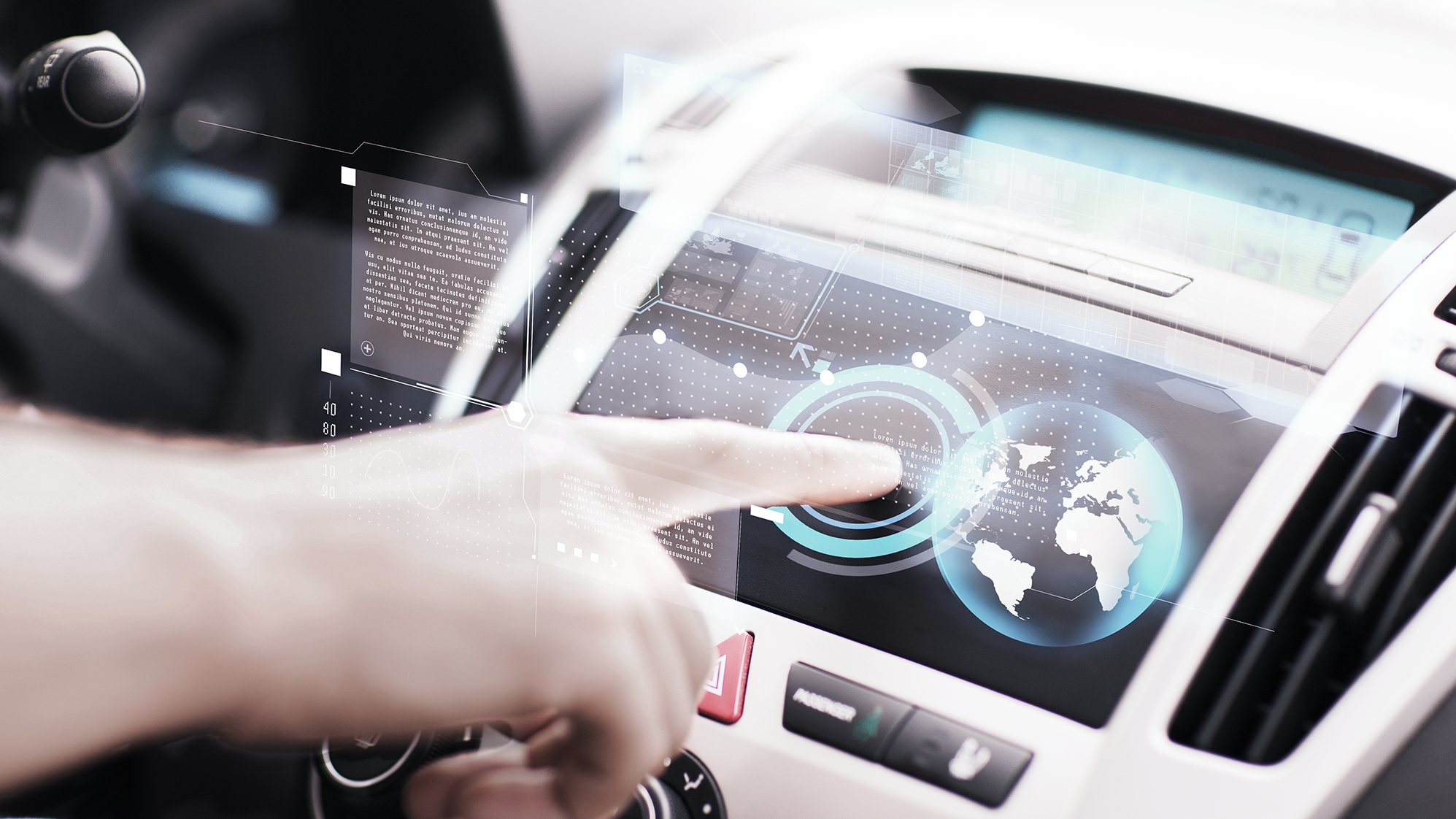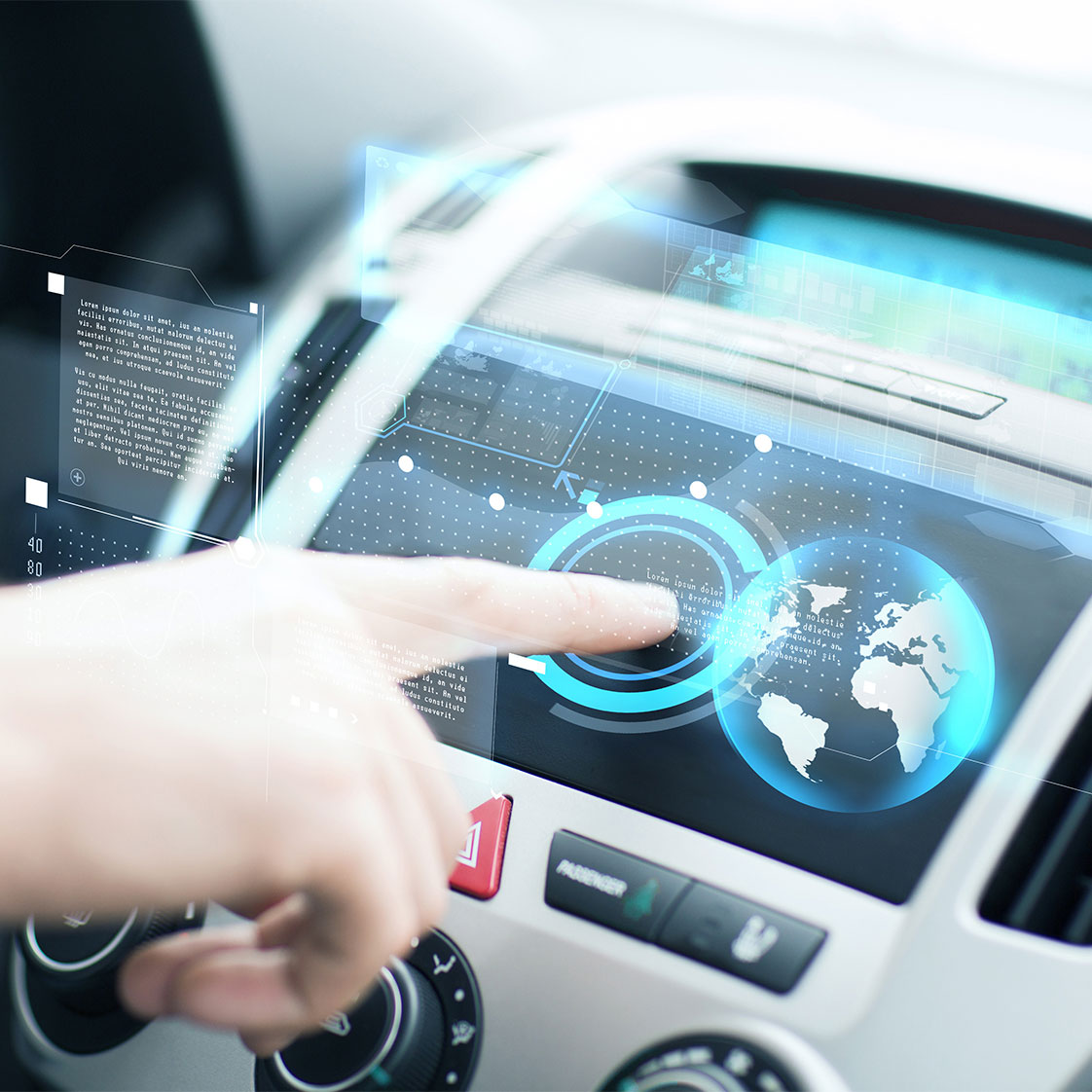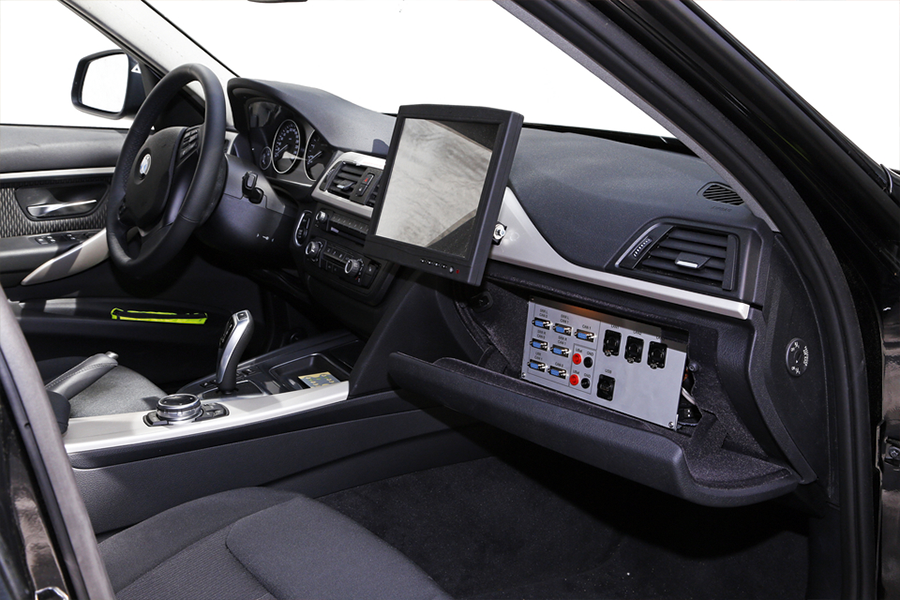Nine billion people are carried on average via regular scheduled transport in Germany annually. Roughly six times as many routes are traveled by automobiles in this country. While mobility for people is becoming increasingly important, it consumes enormous resources as well. The main component is the networking of vehicles with other vehicles, traffic management nodes, traffic lights, and local public transit. Information technologies help to deal efficiently with time and energy resources as well to protect the environment and ensuring safety. Traffic scheduling for all transportation modes, which increasingly use cooperative models and mode sharing, creates new latitude. In the near future, even the dream of highly automated driving will become reality. For electric vehicles, it is no longer a question of what new power trains will be used in the future, but also how to intelligently arrange supply and maintenance infrastructure.
Mobility and transportation
The vehicles of tomorrow
The vehicles of tomorrow will deliver their occupants to their destination efficiently, safely, and with low emissions while communicating with other vehicles and the vehicular infrastructure. Thanks to different acoustic zones in the vehicle, passengers will be able to listen to music, call up traffic reports, or watch a video without disturbing one another. Vehicle-to-vehicle communications will immediately warn drivers of accidents, dangerous spots, or traffic holdups, as well as driver fatigue and will recognize if drivers nod off momentarily. Electromobility will replace conventional power trains in several areas and supplement it in many others.
Autonomous driving is familiar to many of us only from science fiction books. However, the last several years have brought enormous leaps in technology. Besides sensor systems that can instantly collect highly accurate data on the vehicle’s surroundings, this technology also comprises comprehensive digital map materials, robust and secure software components, as well as dependable communication infrastructure. Comprehensive field tests have already been successfully conducted using vehicles having a high level of autonomy – and the first regularly driverless vehicles will be seen on our streets not too long from now.
Getting from point A to B is possible in many different ways. IT helps to find the best ones. Passengers in local and long-distance public transit benefit from real-time navigational and information applications that report road construction, traffic congestion, and schedule changes. It is the unforeseen delays that can make traveling to work or to an important appointment a real ordeal for passengers. Multimodal traffic systems, travel time predictions, and dynamic travel scheduling can improve the process for travelers. Electronic ticketing also facilitates secure mobile payment modes.
Test Vehicle VICTOR
Example project from Fraunhofer ESK, Munich
VICTOR is the name of the test vehicle Fraunhofer uses for researching vehicle-environment networking applications, mutual driver-assist systems, and driving environment modeling. The vehicle has several antennas with which it receives not just GPS and LTE signals, but also ITS-G5 signals (the WLAN standard for vehicles). Laser scanners and two side-looking radar systems provide the mechanism for recognizing obstacles and other drivers.
Scientific publications
| Jahr Year | Titel/Autor:in Title/Author | Publikationstyp Publication Type |
|---|


